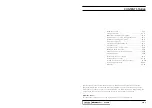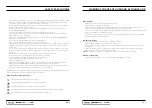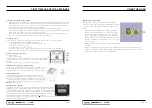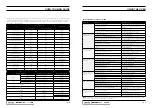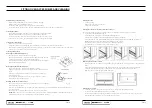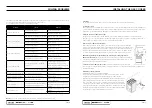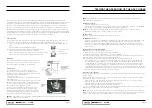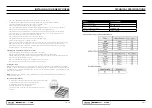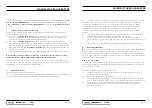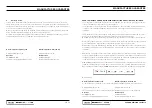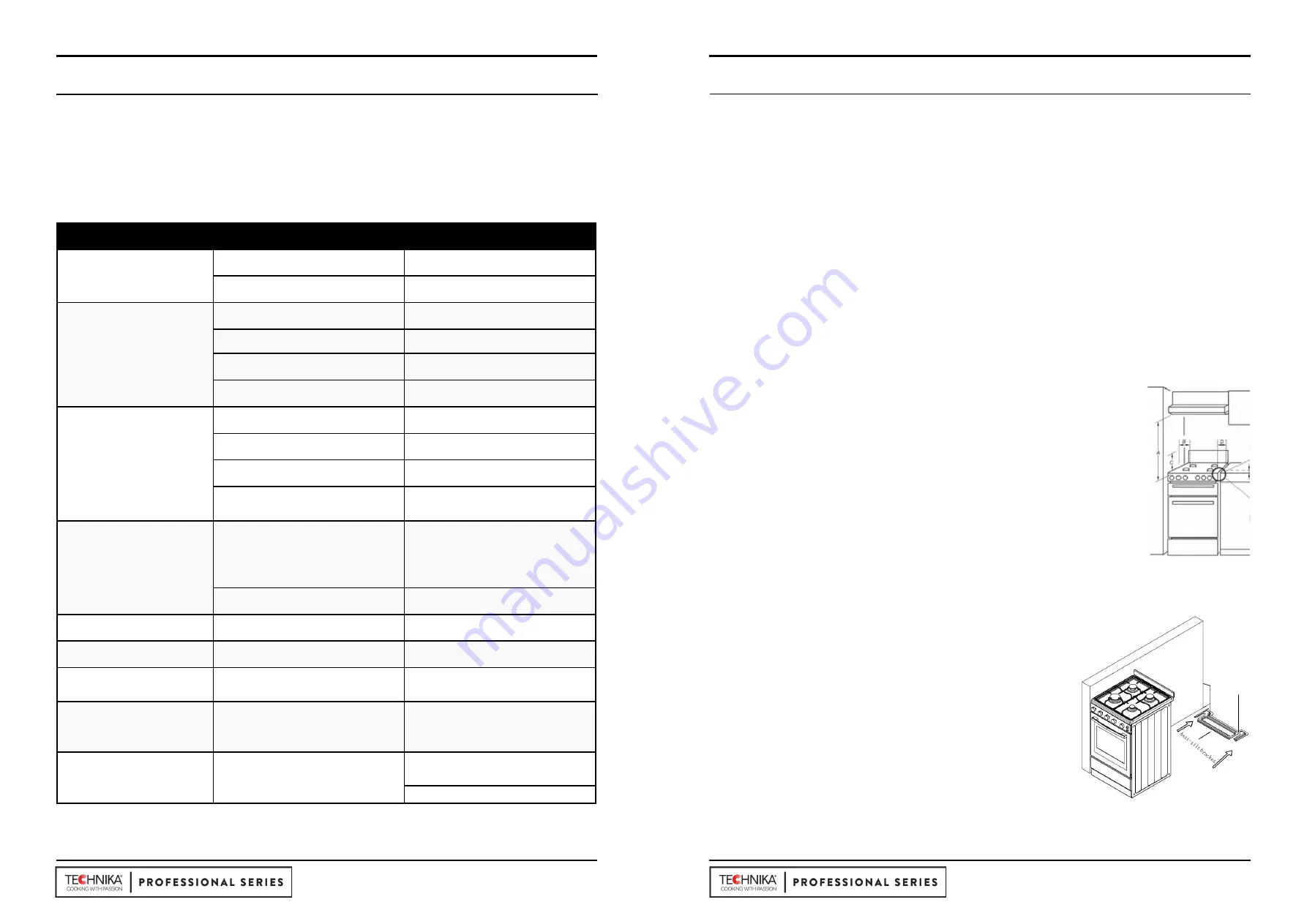
PG 16
PG 17
SOLVING PROBLEMS
If you have a problem with your appliance, check the table below before calling service. You may be able to avoid
a service call by and avoid unnecessary inconvenience and expense.
For cooking problems, refer to Handling Baking Problems.
NOTE:
Only service centers should carry out servicing. Otherwise warranty may be void.
Problem
Causes
Remedy
Elements won’t work
Circuit breaker tripped
Check circuit breaker
Household fuse blown
Replace household fuse
Oven or grill not working
120 min Timer now in Manual position
Refer to 120 min timer instructions
Power not turned on
Switch on electricity
Control is incorrectly set
Reset controls
Circuit breaker tripped
Check circuit breaker
Oven light not working
Power not turned on
Switch on electricity
Household fuse blown
Check fuses
Circuit breaker tripped
Check circuit breaker
Lamp blown or loose in socket
Replace or tighten globe
Oven not hot enough
Heat escaping through incorrectly
sealed door
Check shelves or dishes are not
preventing door closing properly.
Check that door is fitted properly after
door removal for cleaning
Door seal is worn or has moved
Replace seal or re set it
Unit smoking when first used
Protective oils being removed
This is normal
Odour on first use of oven
Manufacturing oils on elements
This is normal
120minute timer buzzer not
audible
Timer not wound sufficiently
Allow 2-4 hours for odour to dissipate
(open all windows)
Oven shelf tight
Oven shelf not inserted corectly, may
be upside down or back to front
Turn timer knob past 15 minute mark.
Then turn to the required number of
minutes.
Clock display off
Household fuse blown or power
supply is off
Remove shelf and insert as per
diagram
Check fuses, power supply
INSTALLING THE GAS COOKER
Unpacking
Do not fit the burner crowns, burner caps and trivets until after the cooker has been installed.
Locating the cooker
This appliance must be installed by an authorised person in accordance with this instruction manual, AS/NZS 5601
– Gas installations (installation and pipe sizing), local gas fitting regulations, local electrical regulations, local water
regulations, local health regulations, Building Code of Australia and any other government authority.
Overhead clearances—(Measurement A)
Range hoods and exhaust fans shall be installed in accordance with the manufacturer’s relevant instructions.
However, in no case shall the clearance between the highest part of the hob of the gas cooking appliance and a
range hood be less than 600 mm or, for an overhead exhaust fan, 750 mm
Side clearances—(Measurements B, & C)
Where B, measured from the periphery of the nearest burner to any vertical combustible
surface, or vertical combustible surface covered with toughened glass or sheet metal, is less
than 200 mm, the surface shall be protected to a height C of not less than 150 mm above
the hob for the full dimension (width or depth) of the cooking surface area. Where the gas
cooking appliance is fitted with a ‘splashback’, protection of the rear wall is not required.
Additional requirements for freestanding and elevated gas cooking appliances—
(Measurements D & E).
Where D, the distance from the periphery of the nearest burner to
a horizontal combustible surface is less than 200 mm, then E shall be 10 mm or more, or the
horizontal surface shall be above the trivet.
Overheat clearances -(Measurement A):
The distance between the highest part of the
hob of the gas cooking appliance should be higher than 600mm for a range hood and higher than 750mm for an
overheat exhaust fan.
Installation of the anti-tilt plate
Determine position of cooker and anti-tilt plate.
Securely fix the anti-tilt plate to the floor with appropriate fasteners. Fasten
the stability bolt bracket to the front grame with the 2 screws supplied.
Reposition the cooker back into the anti-tilt plate and then mark the position
of the stability bolt hole. Pull the cooker back out and drill the bolt location
hole. Use a 10mm masonry or wood drill. When drilling into concrete ensure
a minimum hole depth of 30mm. Reposition the cooker back into the anti-tilt
plate, aligning the stability bolt bracked with the 10mm drilled hole. Then slide
the bolt through the bracket and into the hole. Connect Electricity supply/gas
supply but do not turn on until installation is completed.


